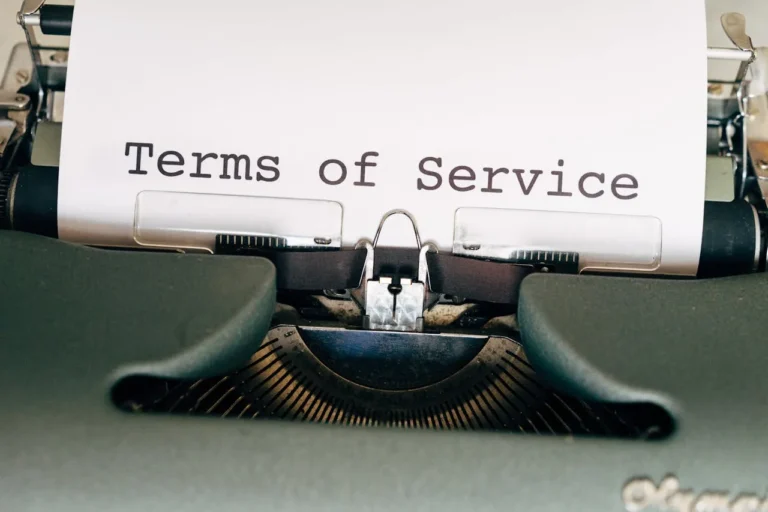Life is random, and while we may keep hoping and praying to actually live long enough to experience great lives for our families and loved ones, being prepared for contingency is critical. Life insurance is a financial safety net for your family upon the unfortunate end of your life. It ensures that even while away, your family will have their safety ensured and be able to carry on their way of life. In this blog, we’ll explore the importance of life insurance, the different types of life insurance policies available, and how it can help plan for a secure future for your family.
Why Life Insurance is Essential?
Life insurance is most important for breadwinners who have a loving family. It ensures that your family will be financially supported when you’re no longer there to provide for them. These are just some of the key factors in life insurance:
Financial Security for Your Family
The core purpose of life insurance is to provide a single, one time lump sum payment (i.e., death benefit) to your beneficiaries, upon your passing. Such compensation could be used to recover lost income, to repay the family debts, to support the family’s requirements and to improve the quality of life of the same family. Without life insurance the family may have burnt holes on their pockets should the unthinkable happen, i.e., your death.
Covering Outstanding Debts
Very large number of persons is in the care of exceptionally high debt, which includes home loans, car loans, credit card debts and student loans. Life insurance is used so that those debts are provided for and that their remaining families can continue with same dignity. The death benefit may be used to pay off these obligations, surrendering their proceeds to settle it, or conversely use up the family’s liquid asset proceeds to settle it.
Funding Children’s Education
Moreover, of course, education cost is also rising, and, if possible, parents would support higher education of their children, and wouldn’t want money to be a hurdle for education. Life insurance might provide the basis for funding children’s education, when and if financial support for them is lost.
Insurance of a particular economic situation with your family in case of your death gives the feeling of mental calmness. With life insurance, you can focus on the now and can let go of the worry about what might happen in the future.
Types of Life Insurance
In regards to work, one should know which kinds of policies exist in work, otherwise choosing a policy is sure to be unsuccessful due to its suitability for you. Here are the most common types of life insurance:
Term Life Insurance
Term life insurance is the lowest cost, easiest type of life insurance. It offers coverage for an arbitrary period of time (i.e., from 10 to 30 years). Death benefits will be issued to the beneficiary if the policyholder has died at this time. Otherwise if the insured lives through the whole policy period, and perishes after the expiry of the policy, the value of the policy is set to zero.

Advantages: Lower premiums, straightforward coverage, ideal for majority of people.
Whole Life Insurance
Whole life insurance indemnifies against the insured’s own death so long as the regular annuity payment is generated. Along with the death benefit being given in cash value that it has to pay, the policy accumulates cash value during policy life which may be drawn out or left on deposit, at the same time they are costlier than Term plan.
Best for: Adolescents and adults searching for lifelong capital and accumulation of cash value.
Advantages: Permanent insurance features cash accumulation and the opportunity (often) to borrow against the insurance product.
Universal Life Insurance
Universal life insurance is a flexible, permanent form of insurance, and there can be changes during the whole policy term to the death benefit with respect to all premium payment options and to the premium itself. But it also creates and growth is driven by an investment rate and a policymaking rate that the insurer imposes.
Best for: Individuals searching for lifetime coverage, including premium flexibility as well as death benefit flexibility.
Advantages: Flexibility in premiums and death benefits, cash value accumulation.
Variable Life Insurance
Variable life insurance is a form of the immutable life insurance product with investment component. The cash value of the policy may be transferred by the policyholders themselves, for example, from one investment class to another (stocks, bonds, funds). Death benefit and cash value can be dissimilar in a manner that is a function of change in underlying asset(s), e.g.
Best for: Patients who possess risk appetite to obtain maximum possible gains at the higher level of risks.
Advantages: Investment options, potential for higher cash value growth, flexibility.
Endowment Plans
Endowment plans are a combination of insurance and investment. At the end of a set time or the death of the policyholder, a lump sum payment is made. Typically, these rules are either. (savings/accumulation of wealth) and/or life protection losing (loss aversion) (on the one hand).

Best for: Person planning not only to use insurance as savings or investment device or to lock it up, i.e., for the next of kin.
Advantages: Investment component, guaranteed pay out, flexible policy options.
Factors to Consider When Buying Life Insurance
In life insurance care consideration should be taken in accordance with your personal and financial requirements, so make up your mind what type of insurance and its coverage amount should be insured. Here are some factors to consider:
How Much Coverage Do You Need?
Think about how much income your family needs to spend on living expenses, mortgage payments, and their future, e.g., school expenses. Ideally, policy can be set to at the least one factor that buffers 10 to 12 times annual earnings, although the number may vary according to your policy specifications.
What’s Your Budget?
Life insurance premium is influenced by a large number of policy form, sum insured, age, health, activity, etc. Make sure the premiums are reasonable and also provide the required coverage for the protection of my family.
Your Health and Age
Health and age are respectively one of the most discriminant (or predictive) independent variables of life insurance price. The lower the premiums would ideally be at product purchase when the consumers are young and healthier. [M] For chronic medical illness, a higher premium or its vocational denial might be applied from the insurer side.
Duration of Coverage
Consider how long you need coverage. Their young and helpless condition they might have to buy a long term cover. A financially independent elderly person who is not dependent on his/her children anymore can buy such life insurance.
Conclusion
Life insurance is one of the best ways to secure financial security for your family in case of death. It provides finances protection, pays for debts, covers the education of your children, and covers the care for you after your death. E.g., The variety of insurance product types is known to be contingent on the careful evaluation of your need and the selection of a corresponding insurance policy to meet your need. Adding life insurance to the future is a smart and compassionate consideration to secure your family, bring them a feeling of security in an uncertain world.







